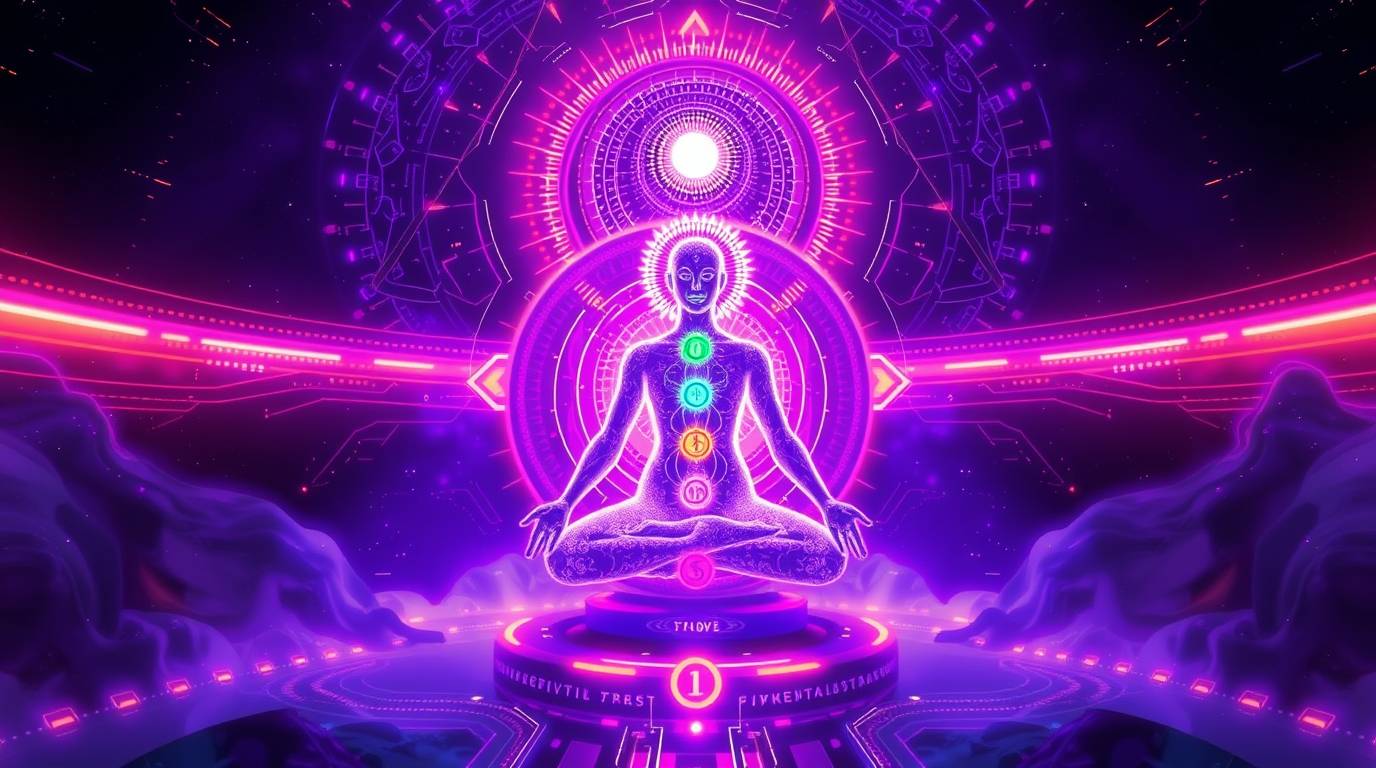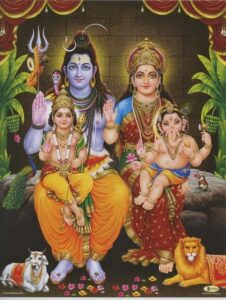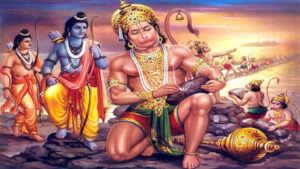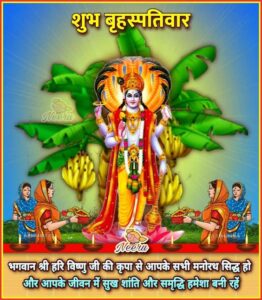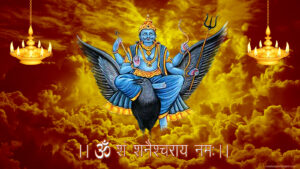What Is Kundalini? A Complete Guide to Spiritual Awakening and Inner Power
Kundalini is one of the most profound and mysterious forces discussed in yogic philosophy and spirituality. Often described as the dormant spiritual energy coiled at the base of the spine, Kundalini has the power to awaken higher consciousness, unlock latent potential, and bring about deep spiritual transformation.
In this comprehensive guide, we will explore what Kundalini is, its origins in the ancient Vedic and Tantric traditions, how it works, signs of awakening, risks and benefits, and safe practices to awaken it.
Whether you are a seeker, yogi, or curious learner, this article will help you understand the powerful and transformative energy called Kundalini Shakti.
Table of Contents
- What is Kundalini?
- The Origins and Meaning of Kundalini
- The Symbolism of the Serpent
- Kundalini and the Chakras
- How Kundalini Energy Awakens
- Signs and Symptoms of Kundalini Awakening
- Benefits of Kundalini Awakening
- Dangers and Misconceptions
- Safe Ways to Awaken Kundalini
- Kundalini in Vedic and Tantric Scriptures
- Scientific Perspectives
- Kundalini vs. Prana vs. Shakti
- Final Thoughts
- Frequently Asked Questions (FAQs)
1. What Is Kundalini?
Kundalini is a divine, latent energy said to reside at the base of the spine, in the Muladhara (root) chakra. In Sanskrit, “Kundalini” means “coiled” or “circular”, symbolizing a serpent coiled three and a half times at the spine’s base.
According to yogic and Tantric texts, this energy lies dormant until awakened through spiritual practices. Once activated, Kundalini rises through the spine, passing through the seven chakras and ultimately reaching the Sahasrara (crown chakra), resulting in spiritual enlightenment or liberation (moksha).
2. The Origins and Meaning of Kundalini
The concept of Kundalini originates from the ancient Vedic and Tantric traditions. It is deeply embedded in the teachings of Sanatan Dharma, Shaivism, and Shaktism.
- Vedas and Upanishads: Early references to spiritual energy rising through the body appear in the Upanishads, especially in the Yoga Kundalini Upanishad.
- Tantra Shastras: Kundalini plays a central role in Tantra, where it is viewed as the feminine energy of the Divine Mother, known as Shakti.
- Patanjali’s Yoga Sutras: While Kundalini is not mentioned explicitly, the eightfold path (Ashtanga Yoga) indirectly supports the awakening process.
Kundalini represents cosmic potential, spiritual power, and the creative force behind the universe.
3. The Symbolism of the Serpent
The serpent is a common metaphor for Kundalini energy. In many cultures, the snake symbolizes hidden knowledge, power, and transformation. In yogic tradition:
- The coiled snake at the spine’s base represents untapped energy.
- As it uncoils and rises, it signifies awakening and spiritual evolution.
- The rising serpent is often seen as moving through the Sushumna Nadi, the central energy channel in the spine.
This visual is deeply spiritual and represents a journey from unconsciousness to super-conscious awareness.
4. Kundalini and the Chakras
Kundalini’s journey to higher consciousness involves traveling through the seven chakras:
- Muladhara (Root) – Survival, stability
- Swadhisthana (Sacral) – Emotions, sexuality
- Manipura (Solar Plexus) – Power, will
- Anahata (Heart) – Love, compassion
- Vishuddha (Throat) – Communication, truth
- Ajna (Third Eye) – Intuition, insight
- Sahasrara (Crown) – Enlightenment, unity with the Divine
When Kundalini ascends through these chakras, each one opens and activates, transforming the individual’s consciousness at every level.
5. How Kundalini Energy Awakens
Kundalini awakening can occur spontaneously or through deliberate practice. Some common methods include:
- Kundalini Yoga: A powerful blend of breathwork (pranayama), chanting (mantra), physical postures (asanas), and meditation
- Pranayama: Especially techniques like Bhastrika, Nadi Shodhana, and Kapalabhati
- Meditation and Dhyana
- Chanting of mantras: Especially seed sounds (bija mantras) like Lam, Vam, Ram, Yam, Ham, Om
- Tantric rituals and sadhanas
- Shaktipat: Energy transmission from a spiritual guru or master
Awakening may take months or years of disciplined practice, or may occur suddenly due to emotional trauma, life events, or deep devotion (bhakti).
6. Signs and Symptoms of Kundalini Awakening
When Kundalini awakens, many physical, emotional, and spiritual changes occur. These include:
Physical Symptoms:
- Heat or energy rising in the spine
- Tingling or vibrations in the body
- Spontaneous body movements (kriyas)
- Changes in appetite and sleep patterns
Emotional/Mental Symptoms:
- Heightened sensitivity and empathy
- Sudden mood swings or emotional releases
- Feelings of bliss, unity, or cosmic love
Spiritual Symptoms:
- Expansion of consciousness
- Enhanced intuition and psychic abilities
- Visions, dreams, or mystical experiences
- Strong inner calling toward truth and divinity
While some symptoms are beautiful and enlightening, others can be intense or even frightening if the awakening is not handled properly.
7. Benefits of Kundalini Awakening
When awakened safely and gradually, Kundalini offers life-changing benefits:
- Spiritual awakening and divine connection
- Mental clarity, creativity, and heightened awareness
- Healing of past trauma and emotional blockages
- Increased vitality, peace, and inner power
- Oneness with the universe and realization of self (Atman)
Many experience a profound sense of purpose, love, and unity with all creation.
8. Dangers and Misconceptions
Kundalini is sacred and powerful, but it is not a game. Improper practices or premature awakenings can cause:
- Mental confusion or psychosis
- Emotional instability
- Physical discomfort or nervous system overload
- Detachment from reality or ego dissolution without preparation
Common Misconceptions:
- Kundalini is evil or demonic: False. It is divine feminine energy.
- Awakening it quickly is best: Dangerous. Forced awakening can harm you.
- It guarantees enlightenment: Not true. Awakening is just the beginning of the inner journey.
Guidance from a teacher, guru, or experienced practitioner is highly recommended.
9. Safe Ways to Awaken Kundalini
To awaken Kundalini safely:
- Practice under guidance
- Follow a disciplined spiritual lifestyle (sattvic)
- Purify the body through yogic practices and diet
- Strengthen your mind through meditation and mindfulness
- Learn and honor the chakra system
- Avoid shortcuts, drugs, or unsupervised energy practices
Approach Kundalini with humility, patience, and devotion.
10. Kundalini in Vedic and Tantric Scriptures
Several ancient texts discuss Kundalini and its practices:
- Yoga Kundalini Upanishad
- Shiva Samhita
- Hatha Yoga Pradipika
- Srimad Bhagavatam
- Devi Bhagavatam
These scriptures describe Kundalini as the path to realization of Brahman (Universal Consciousness) through disciplined sadhana and purification.
11. Scientific Perspectives
Science is beginning to explore Kundalini through the lens of neuroscience and psychology:
- Researchers compare Kundalini to neurobiological changes in brain activity during deep meditation.
- Some studies show increased gamma waves, serotonin, and pineal gland activity during intense spiritual states.
- Psychology sees parallels with individuation (Carl Jung) and spiritual emergence.
While modern science cannot fully explain Kundalini, many agree it involves real physiological and psychological transformation.
12. Kundalini vs. Prana vs. Shakti
These three terms are related but distinct:
- Kundalini: Dormant spiritual energy at the base of the spine.
- Prana: Vital life force that flows through the body via Nadis.
- Shakti: Divine feminine power; Kundalini is a form of Shakti.
When Kundalini awakens, it activates Prana and rises through the chakras, transforming consciousness.
13. Final Thoughts
Kundalini is the sacred power within you—coiled like a serpent, waiting to rise and reunite you with your true divine nature. Awakening Kundalini is not about mystical thrills or quick results. It is a lifelong journey of purification, devotion, awareness, and surrender.
If approached with respect, patience, and spiritual discipline, Kundalini can lead you to self-realization, inner bliss, and ultimate liberation (moksha).
14. Frequently Asked Questions (FAQs)
1. Can anyone awaken Kundalini?
Yes, anyone can awaken Kundalini with the right guidance, preparation, and practice. It is not limited to yogis or monks.
2. How long does it take to awaken Kundalini?
The timeline varies. Some take years; for others, it may happen spontaneously. Consistent, disciplined practice is key.
3. Can Kundalini awakening be dangerous?
Yes, if done incorrectly or without guidance. Always seek supervision and never force the process.
4. What is the ultimate goal of Kundalini?
The union of Shiva (pure consciousness) and Shakti (energy)—the realization of your highest self and connection with the Divine.
5. Is Kundalini part of Sanatan Dharma?
Absolutely. Kundalini is rooted in Sanatan Dharma, yoga, Tantra, and Vedic wisdom. It is the essence of spiritual evolution in Hindu philosophy.
